As an individual deeply immersed in the world of archery, I have witnessed firsthand the transformative impact meticulous recurve bow maintenance can have on an archer’s performance.
Over the years, I’ve refined my approach, aligning with both traditional practices and the latest advancements in bow care. Whether on the range or in a workshop, the culmination of experience has been clear: precision in maintaining your equipment is as crucial as precision in your aim.
The bow is not just a tool; it’s a responsive instrument, reacting to every subtle nuance of care—or neglect—that it receives. Through this blog, I will share insights gathered from a journey marked by countless string draws and the consistent hum of well-kept limbs, providing a guide that is steeped in the commitment to excellence that this ancient yet ever-evolving sport demands.
1. Regular Inspection
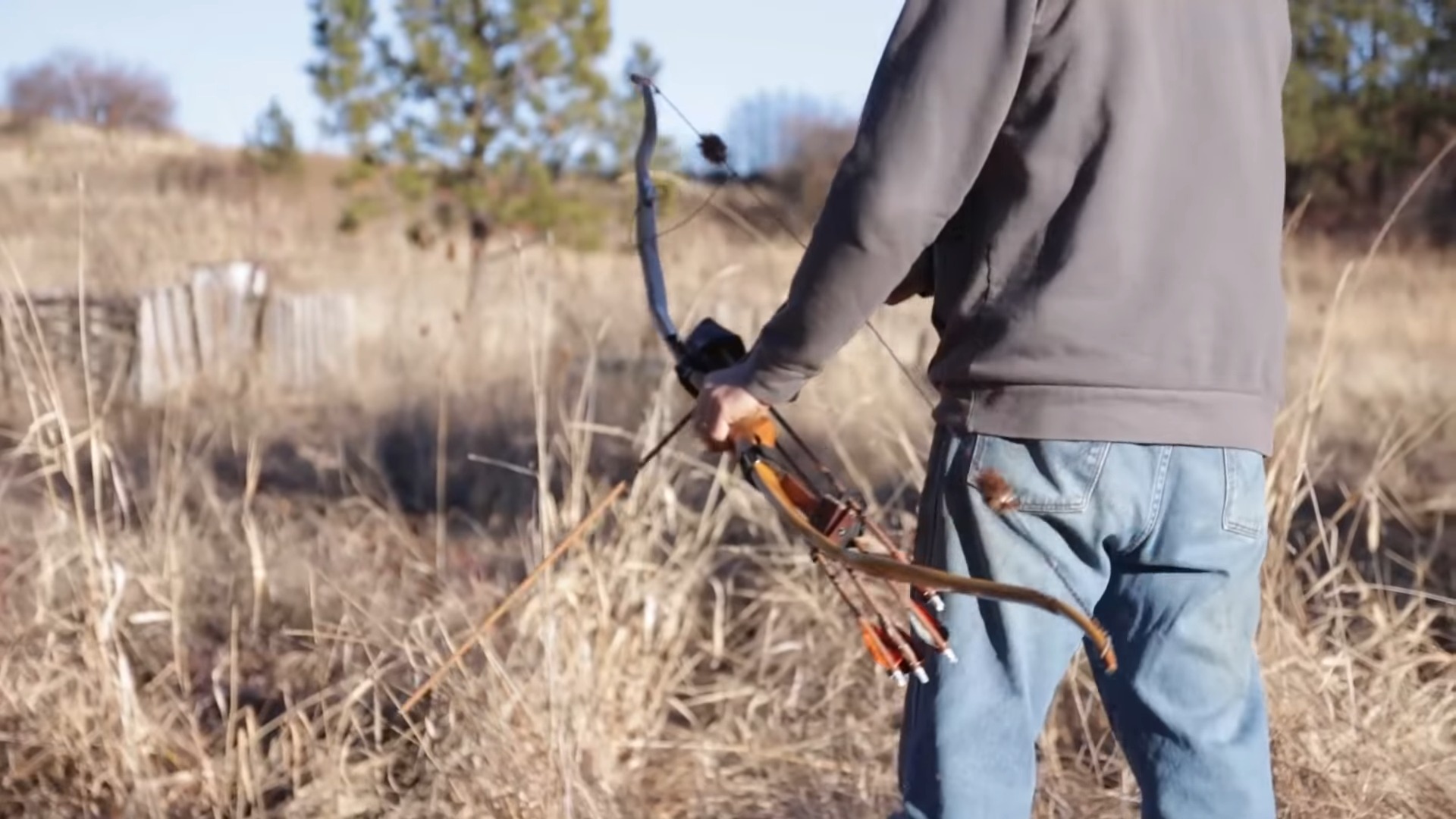
Check for Damage
Before and after every use, give your bow a quick but thorough examination. Look for signs of wear or damage, such as cracks, splits, or warping on the limbs, as well as fraying on the string. Catching issues early can save you from a bigger problem down the road.
Assess Bow String
The string bears most of the tension during shooting and is prone to wear. Check the string for fuzziness and apply wax if it appears dry. A well-waxed string moves smoothly, which is crucial for consistent shooting.
2. Proper Stringing and Unstringing

Stringing the Bow
Using a bow stringer is the safest method to string a recurve bow. It reduces the risk of twisting the limbs, which can lead to damage over time. Always ensure that the string sits properly in the limb nocks before drawing.
Unstringing the Bow
Just as important as proper stringing, unstringing your bow when it’s not in use helps to relieve tension on the limbs and string. This prolongs their life and maintains the bow’s shape.
3. Storing Your Bow Correctly
Choosing the Right Place
Store your recurve bow in a dry, cool place away from direct sunlight and heat sources. Extreme temperatures and humidity can warp the bow and weaken the string.
Position Matters
Never store the bow strung, as it can lead to limb twisting. Hang it vertically or horizontally using bow racks or ensure it lies flat to avoid warping.
4. Keeping the Bow Clean
Wipe Down After Use
Residue, dirt, and oil from your hands can accumulate on the bow. Wiping down your bow with a clean, dry cloth after each use will keep it clean and maintain the integrity of the materials.
Cleaning the String
Use a slightly damp cloth to clean the string. Avoid soaking it, and apply string wax after cleaning to protect the fibers.
5. Replace Worn-Out Components
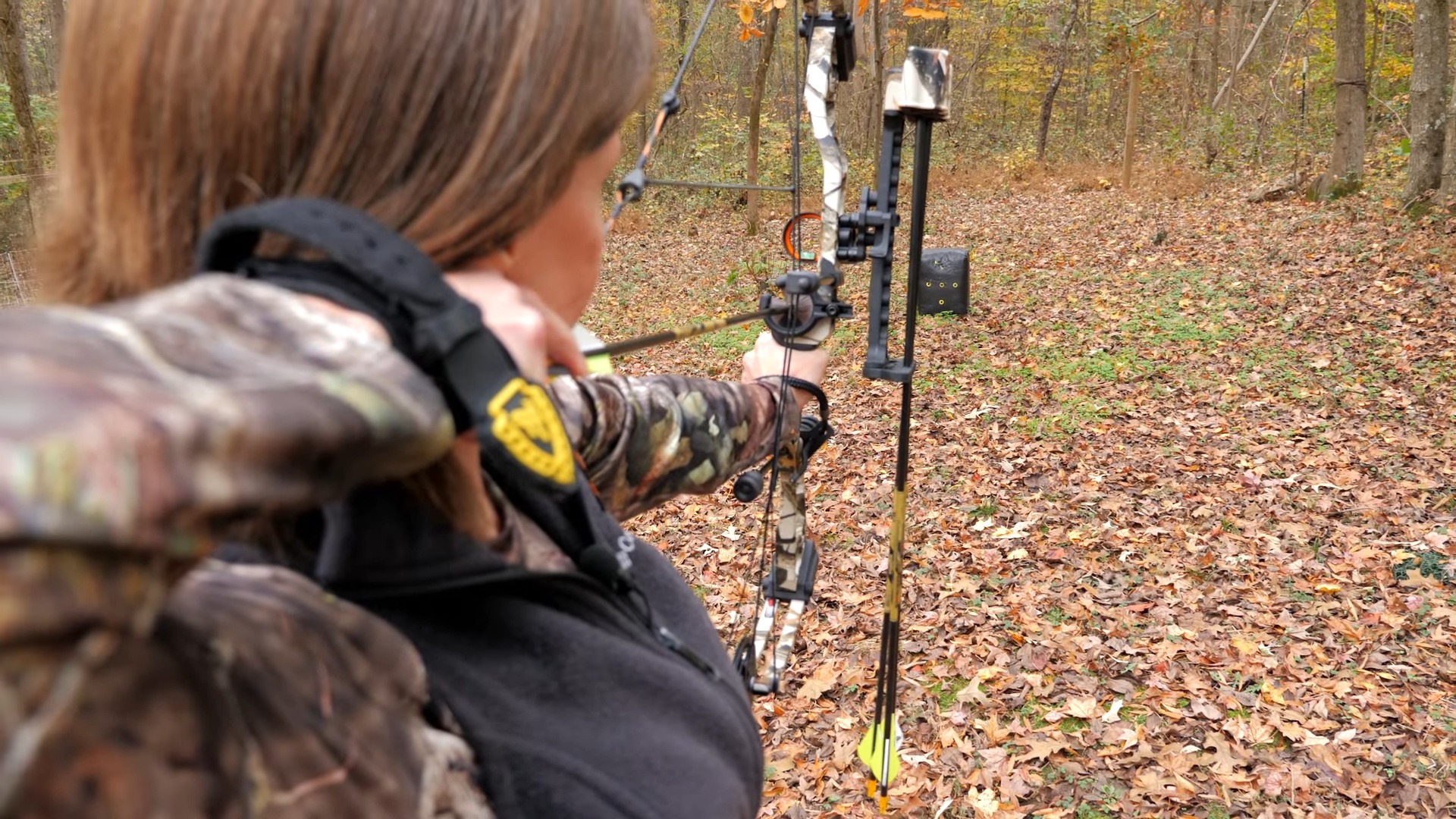
Monitor Bow Components
Over time, components such as the string, arrow rest, or nock points will show wear. Replace these parts as needed to ensure your bow functions correctly.
When to Replace the String
A general rule is to replace your bowstring every two to three years, but it depends on usage frequency. Any signs of significant wear or fraying mean it’s time for a replacement.
6. Managing the Bow Limbs
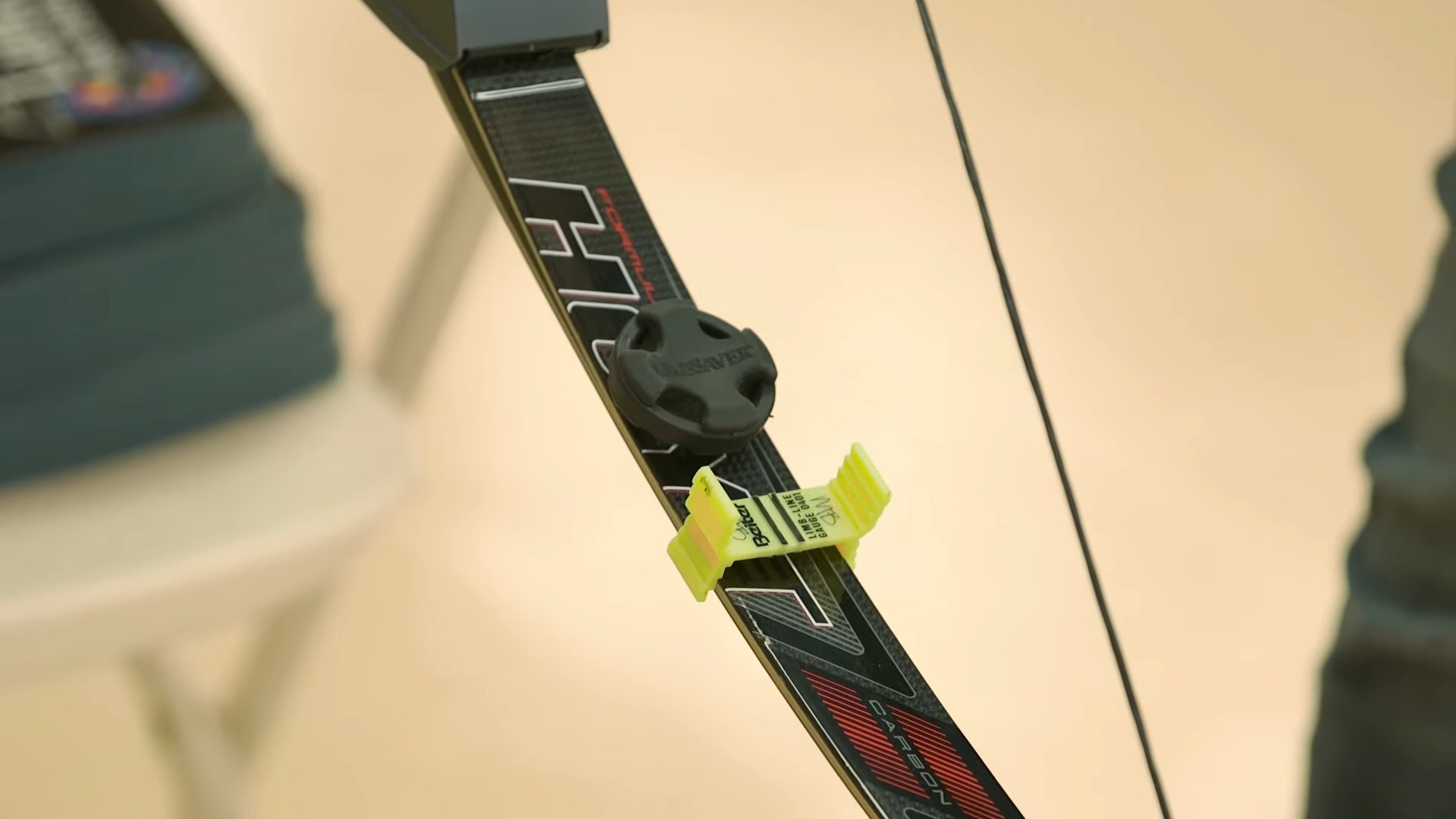
Regular Limb Assessment
The limbs of your recurve bow should be straight and free of imperfections. Use a flat surface to check for bending or twisting. If you find any issues, a professional might need to repair or replace the limb.
Tightening Limb Bolts
The bolts that attach the limbs to the riser should be tight but not overly so. Check these regularly, as loose bolts can affect performance and lead to damage.
7. Monitoring Bow’s Brace Height
Importance of Brace Height
The distance between the deepest part of the grip and the string, known as brace height, is vital for optimal performance. Check your manufacturer’s recommendations and adjust as necessary.
Adjusting Brace Height
If the brace height is too low or too high, it can impact your shooting accuracy and the bow’s efficiency. Use a bow square to measure the brace height and twist or untwist the string to make adjustments.
8. Handling the Bow with Care
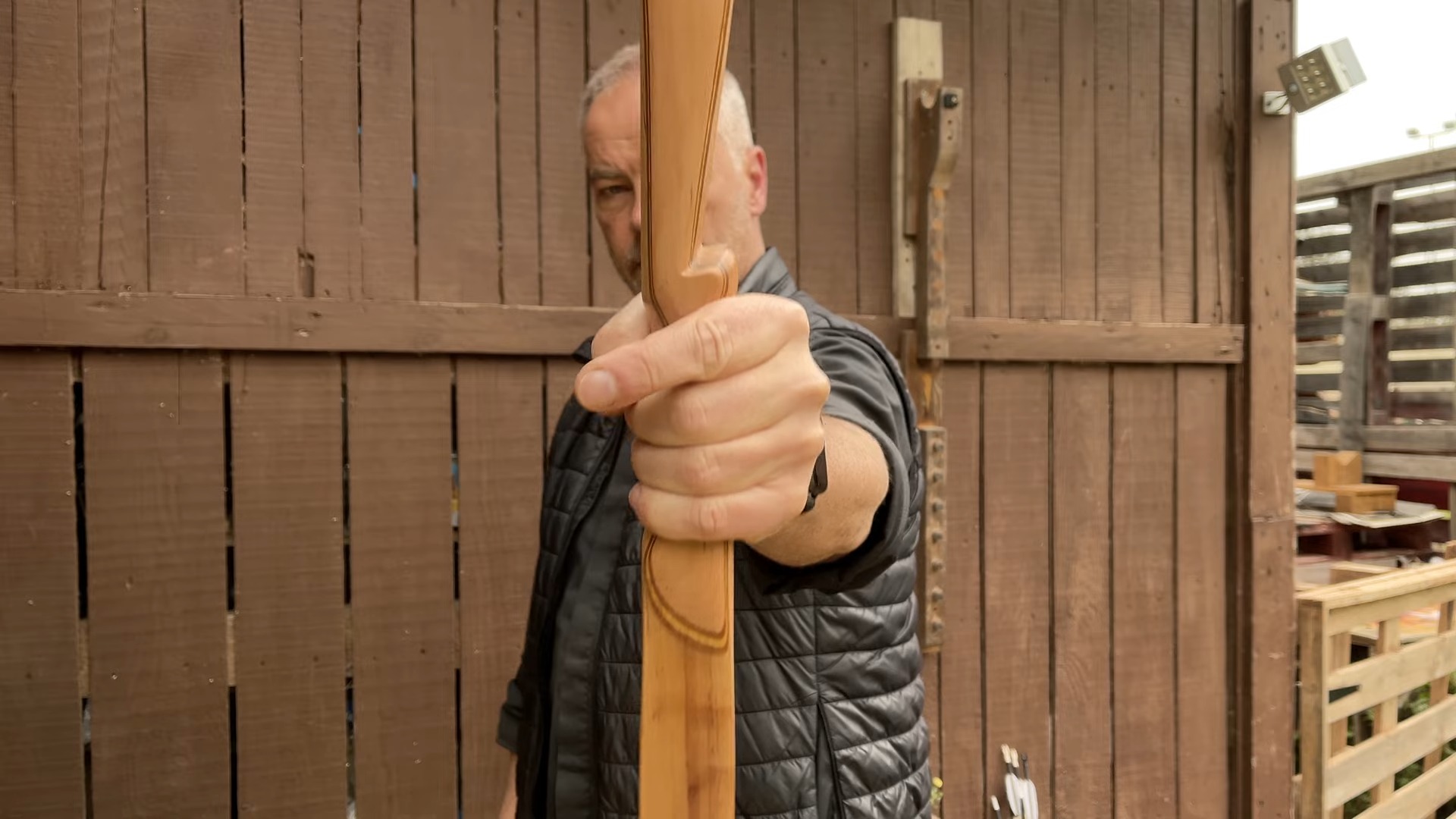
Safe Transportation
When transporting your bow, use a case to protect it from dust, dirt, and accidental knocks. Ensure the case is well-padded and fits the bow snugly.
Gentle Use
While recurve bows are designed for strength, they also require a gentle touch. Avoid dropping, throwing, or placing heavy objects on your bow, as this can cause irreparable damage.
9. Fine-Tuning Bowstrings

String Care
Your bowstring is the heart of your bow’s functionality. Regular waxing is essential. Apply a quality bowstring wax by rubbing it on the string, then use your fingers to work it into the fibers.
This process not only preserves the string but can also improve your bow’s performance.
String Replacement
As a rule of thumb, inspect your string every few months, especially if you shoot frequently. Check for broken strands, and if you spot any, replace the string immediately.
It’s a small cost that can prevent injury and ensure the longevity of your bow.
10. Limb Preservation Strategies

Regular Limb Checks
Limbs are prone to tiny fractures and stress marks, especially in wooden and fiberglass bows. These checks should become a part of your pre- and post-use routine to catch any damage early.
Proper Unstringing
Repeated stress from improper unstringing can harm the limbs. Always use a bow stringer, as it evenly distributes pressure and prevents limb twist. This practice can greatly extend the life of your bow.
11. Riser Care Techniques
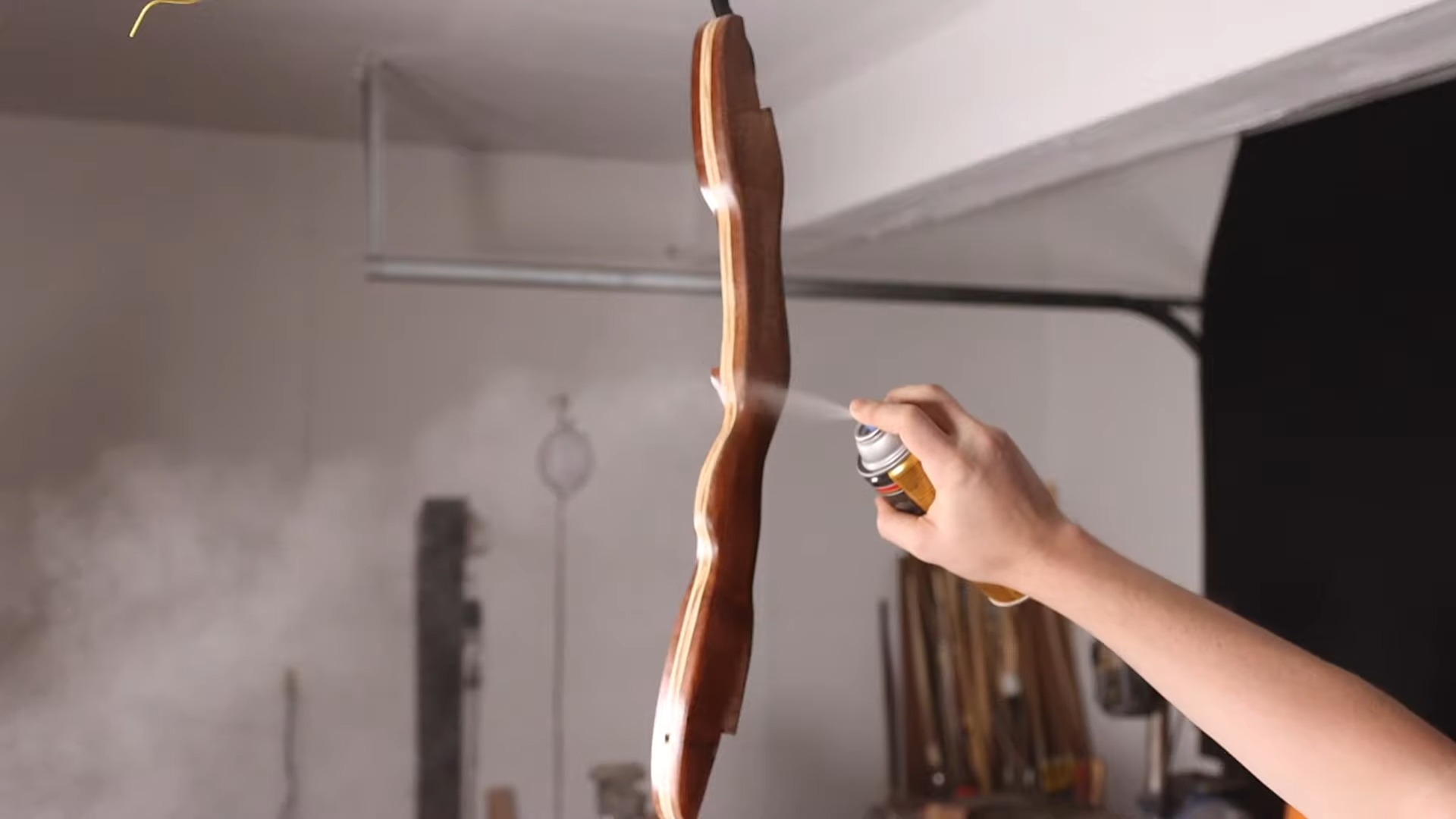
Riser Cleaning
The riser is the central part of your bow, often made of wood or metal. Keep it clean from grime and dust with a soft cloth. If it’s wooden, a light coat of furniture polish occasionally can keep it looking new.
Riser Inspection
Check the riser for cracks or damage, especially where accessories attach. Loose fittings can not only harm the riser but can also affect your shooting accuracy.
12. Fine-Tuning Arrow Rests and Nocks
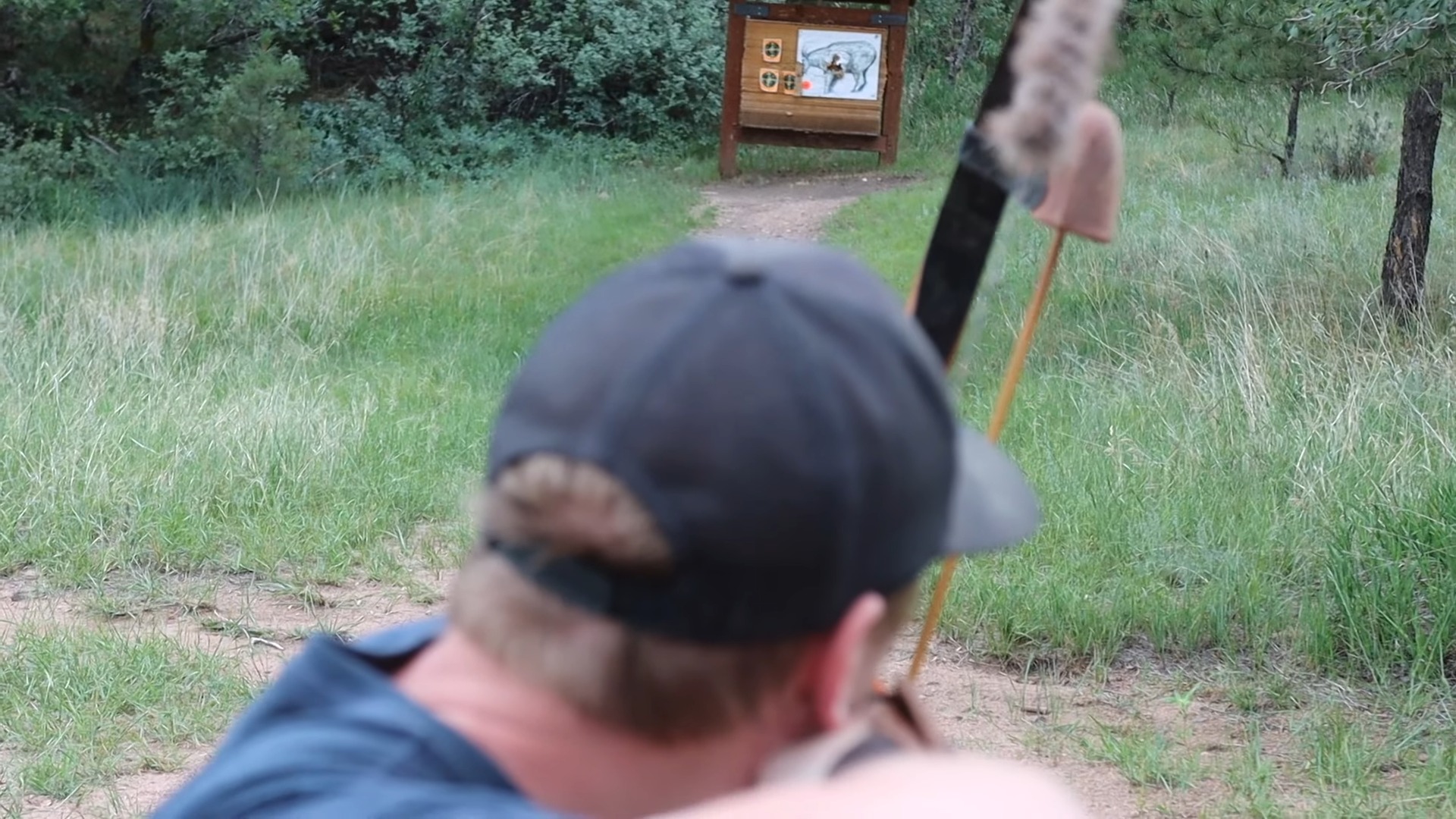
Regular Adjustments
Arrow rests and nocks endure a lot of contact during shooting. Make sure they are always properly aligned. If you notice wear or if they become loose, replace them to maintain accuracy.
Upgrade as Needed
As you progress in archery, upgrading to higher-quality rests and nocks can improve your experience. They tend to be more durable and provide better arrow support and flight.
Troubleshooting Common Issues
Dealing with Twisted Limbs
Regular inspection can detect limb twists early. Place the limb against a straight edge or use a bow square to check for straightness. Catching a twist early can prevent more serious damage.
Professional Repair
If you do find a twist, it’s best to take your bow to a professional for repair. Attempting to fix it yourself can worsen the issue or cause injury.
Managing String Problems
Keep an eye on your string’s condition. Regular checks can alert you to potential issues like strand breaks or excessive stretching before they cause problems during shooting.
Professional Stringing
If you’re not confident in stringing your bow, seek out a professional. A well-strung bow is safer to use and performs better. Plus, a professional can give you tips for maintenance specific to your bow and style.
By integrating these detailed maintenance routines into your archery practice, you ensure that each component of your recurve bow is treated with the care it deserves. Now, let’s explore some final thoughts to keep in mind as you care for your bow.
FAQs
How often should I wax my recurve bowstring?
Waxing your recurve bowstring depends on usage, but a good rule of thumb is to apply wax when the string appears dry or lacks its normal sheen.
For those who shoot regularly, waxing may be necessary every two to three weeks. If you shoot less frequently, checking the string monthly and waxing as needed should suffice.
Can I use household lubricants on my recurve bow’s moving parts?
It’s not advisable to use household lubricants like WD-40 or cooking oils on your recurve bow. These can attract dust and aren’t formulated for the specific needs of a recurve bow.
Instead, use lubricants specifically designed for archery equipment, which will protect and maintain the functionality without causing damage to the materials.
Is it necessary to disassemble my takedown recurve bow for storage?
While it’s not strictly necessary to disassemble your takedown recurve bow every time you store it, doing so can relieve tension on the limbs and prolong the bow’s life.
For long-term storage, disassembling the bow is recommended. For the short term, ensure it’s unstrung and stored in a safe, dry place.
How can I tell if my recurve bow limbs are out of alignment?
Check limb alignment by looking down the length of the strung bow from the string towards the limbs. The limbs should form a straight line with the string. Any deviation could suggest misalignment.
Additionally, you can use an alignment tool available at most archery shops for a more precise assessment.
What’s the best way to protect my recurve bow from extreme weather conditions?
When not in use, keep your bow in a temperature-controlled environment, avoiding places with high humidity or extreme temperatures. During transport, use an insulated bow case.
While shooting outdoors, avoid exposing your bow to rain or prolonged sunlight, and always dry it thoroughly if it gets wet.
How can I safely remove rust from my recurve bow’s metal components?
To remove rust from metal components, first disassemble the parts if possible. Use fine-grade steel wool or a rust remover formulated for metal, applying it gently to avoid scratching the surface.
After rust removal, apply a thin layer of protective oil designed for metal bow parts to prevent future rusting. Always follow the manufacturer’s recommendations for the care of metal parts.
Final Words
Maintaining a recurve bow is about cultivating a relationship with your equipment. It’s a blend of technical knowledge, routine care, and a touch of fineship. The time and effort you invest in maintenance translate directly into your success and enjoyment in archery.
Remember, a well-maintained bow is a reliable companion on the range or in the field. So, take pride in your maintenance routine, and let your skills—and your well-kept equipment—speak for themselves.
I’m Matt, and I’ve been with GearDesciple for about five years after my brother Jared roped me in. I wasn’t always into the outdoors, but a few reluctant hikes turned into a real passion. Now, I help test and review gear with a focus on honest, experience-based advice. As someone who came to outdoor life later on, I’m especially driven to help newcomers find their footing.